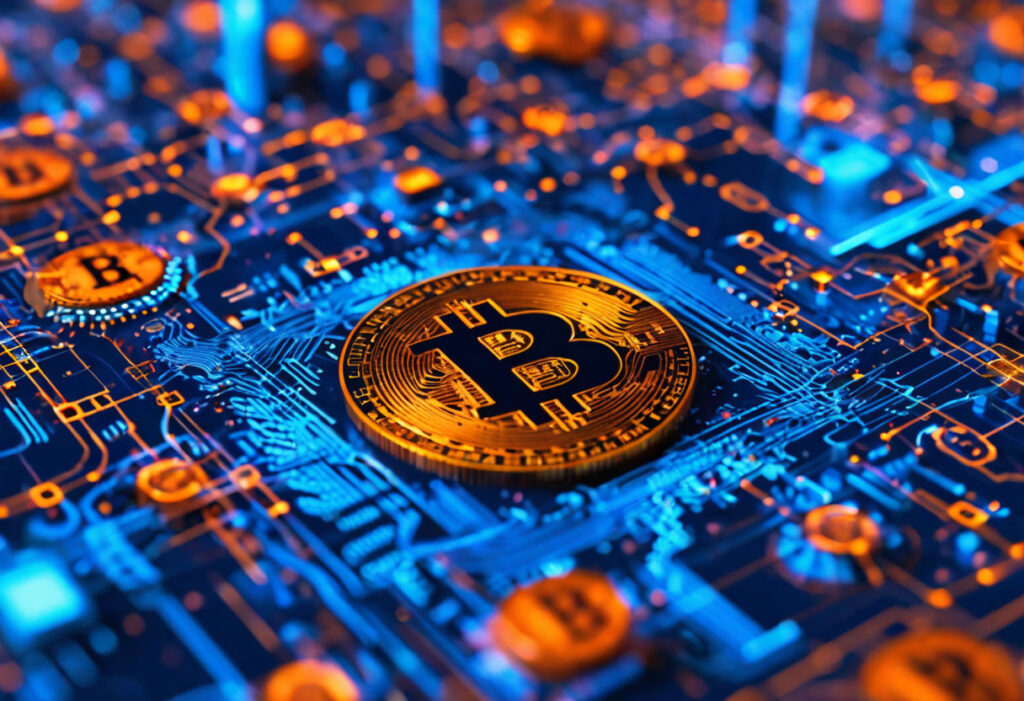The Strategic Shift: Bitcoin Miners Pivot to AI Infrastructure
Anyway, the Bitcoin mining industry is undergoing a fundamental transformation as companies redirect their computational resources toward artificial intelligence infrastructure. This strategic move addresses revenue challenges after the April 2024 Bitcoin halving cut block rewards by 50%, which squeezed traditional mining profitability. The shift utilizes existing data center capabilities and power management expertise to capture value in the expanding AI market. Evidence from industry reports shows Bitcoin miners have raised $11 billion in convertible debt over the past year to finance this transition. Companies like IREN, TeraWulf, and CleanSpark are leading this charge, with IREN securing a $9.7 billion Microsoft partnership and CleanSpark announcing major AI data center expansions.
Financial Engineering and Convertible Bonds
Convertible debt instruments have become the primary financing tool for Bitcoin miners moving to AI infrastructure. These corporate bonds provide flexible capital while reducing immediate interest burdens. According to TheMinerMag, 18 convertible bond deals were completed post-halving. Companies like MAR, Cipher Mining, IREN and TeraWulf each raised $1 billion through single bond issues. Some offerings featured coupons as low as 0%, reflecting strong investor confidence. The average convertible bond issue more than doubled in size compared to pre-halving periods.
Institutional Participation and Market Validation
On that note, institutional involvement now defines the crypto-AI convergence. Major financial and technology players provide substantial backing for strategic shifts. Microsoft‘s $9.7 billion partnership with IREN represents one of the largest institutional endorsements. Similarly, Google‘s strategic investments demonstrate Big Tech’s commitment. Jane Street‘s disclosure of large passive holdings further validates institutional appeal. As expert Mike Novogratz notes, “Bitcoin’s institutional adoption continues to accelerate, creating strong fundamental support for higher prices despite short-term volatility.”
Operational Challenges and Competitive Dynamics
The move to AI infrastructure brings significant operational challenges for Bitcoin mining companies. These include:
- Maintaining competitive hashrate
- Managing energy consumption
- Navigating complex supply chain issues
Companies like HIVE Digital exemplify successful operational adaptation. MARA Holdings developed immersion cooling systems in 2024. Riot Platforms has been laying groundwork for potential expansion into AI.
Market Impact and Future Trajectory
You know, the combination of cryptocurrency mining and artificial intelligence infrastructure marks a structural shift. Companies successfully navigating the transition access new capital sources. They form strategic partnerships with technology leaders. This operational flexibility strengthens business models. IREN’s stock surged more than 10% following its Microsoft announcement. CleanSpark‘s shares jumped over 13% after its AI expansion news.
Regulatory and Macroeconomic Considerations
Regulatory frameworks and macroeconomic conditions significantly influence the crypto-AI convergence. Regulatory developments like the proposed GENIUS Act aim to provide clarity. Energy Secretary Chris Wright‘s FERC proposal addresses critical infrastructure needs. According to The Kobeissi Letter, “When the Fed cuts rates within 2% of all time highs, the S&P 500 has risen an average of +14% in 12 months.”

